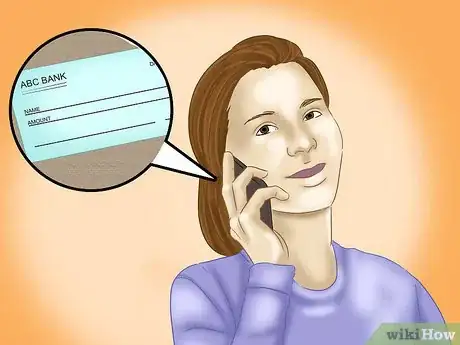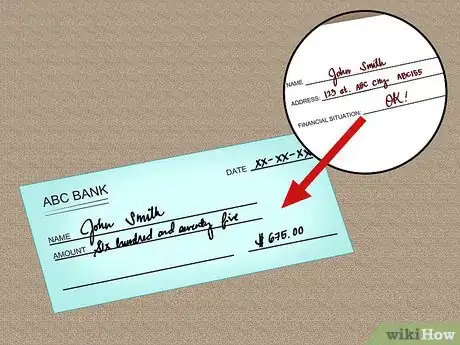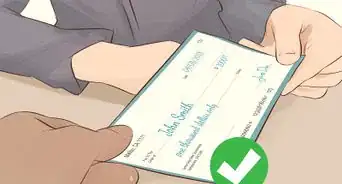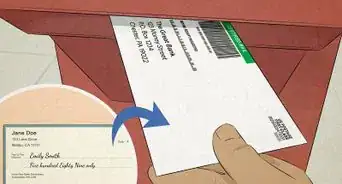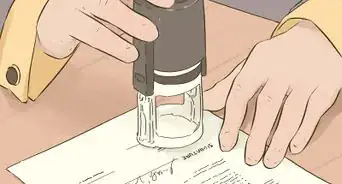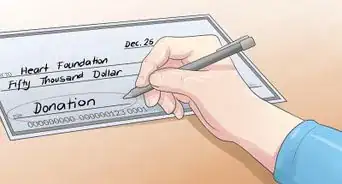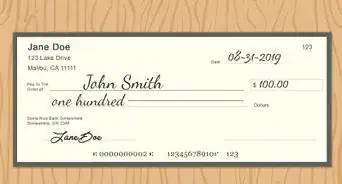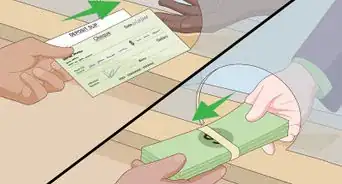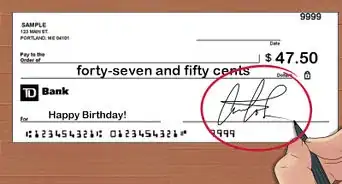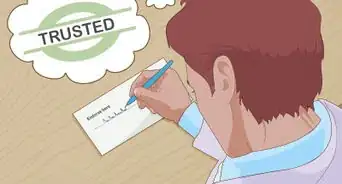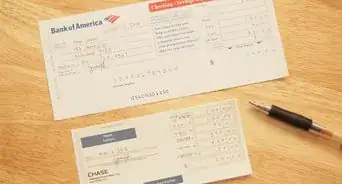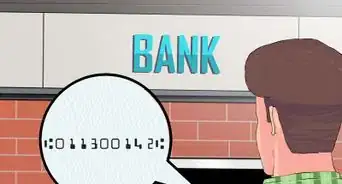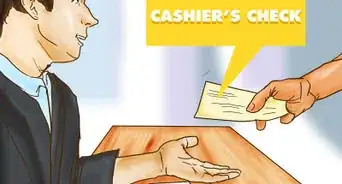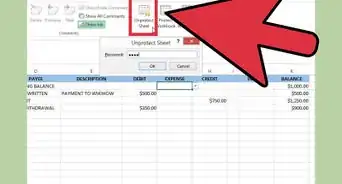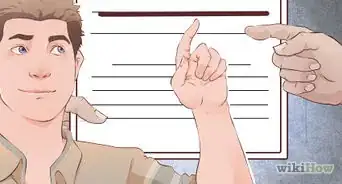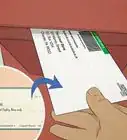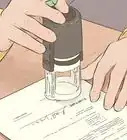X
wikiHow is a “wiki,” similar to Wikipedia, which means that many of our articles are co-written by multiple authors. To create this article, volunteer authors worked to edit and improve it over time.
This article has been viewed 42,140 times.
Learn more...
Checking to see whether funds are available before cashing a check can often help you avoid overdraft fees and other charges associated with insufficient checks that bounce. You can verify whether funds are available by contacting the payer’s bank, or using a check verification service that can research the payer’s financial history.
Steps
Method 1
Method 1 of 2:
Contacting the Payer’s Bank
-
1Identify the name of the payer’s bank on the check. The bank’s name is printed on the front of the check, and is often found below the check amount or at the top of the check.
-
2Find the bank’s contact information. Verifying funds for a check requires you to call the bank directly, or visit a branch in person.[1]
- Use the Internet or a telephone directory to find the bank’s contact information, instead of relying on contact information printed on the check. This helps you avoid contacting an illegitimate party claiming to be a bank in the event the check is counterfeit.
Advertisement -
3Call the payer’s bank, or visit a branch in person. Some banks can verify funds over the telephone, whereas others require you to visit a branch in person. For example, Wells Fargo and Chase allow you to verify funds over the phone, while Citibank and Bank of America require you to verify funds in person.
-
4Inform a bank representative that you want to verify funds for a check. Policies vary for each bank and financial institution, and some require you to pay a fee to verify funds.[2]
-
5Provide the bank with the payer’s account information as required. In most cases, you’ll be asked to provide the payer’s name, account number, and the amount of the check.[3]
-
6Wait for the bank to inform you whether funds are available. Due to rules and regulations concerning privacy, most banks can only tell you whether funds are available, but cannot reveal any other account information, such as the amount of funds available, or whether other transactions are pending.
Advertisement
Method 2
Method 2 of 2:
Using a Check Verification Service
-
1Sign up for a third-party check verification service. Check verification services can’t necessarily confirm whether funds are available, but can determine whether you’re at risk for cashing a bad check based on the payer’s financial history. Examples of reputable check verification services are ChexSystems, CrossCheck, and Certegy.[4]
- Ask your bank for recommendations on reputable check verification services if you need help choosing a service.
-
2Provide the check verification service with required information about the payer. This often includes the payer’s name, address, and financial institution.
-
3Wait for the check verification service to provide feedback on the payer’s financial history. Most check verification services can confirm whether the payer’s bank account is valid, whether the payer has a history of writing bad checks, and whether an account is open and has funds available.
-
4Ask the check verification service whether you should cash the check based on its findings. A great verification service will recommend whether or not you should move forward with cashing a check based on the payer’s financial history.
Advertisement
Warnings
- Understand that verifying funds before cashing a check doesn’t guarantee that funds will be available at the time the check is processed. For example, if the payer’s bank confirms that funds are available, but the account holder goes shopping later that day and spends the remaining balance, the check can still bounce.⧼thumbs_response⧽
Advertisement
References
About This Article
Advertisement


